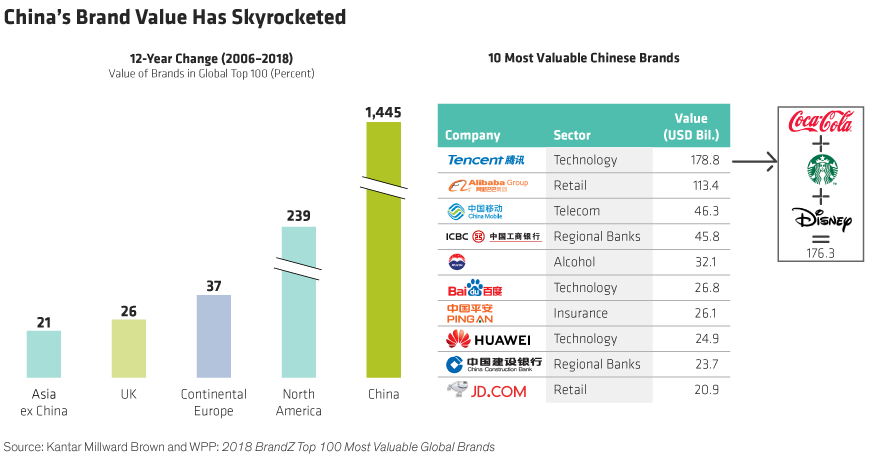by Rob Waldner, Chief Strategist and Head of Multi-Sector, Invesco Fixed Income, Invesco Canada
U.S.: Neutral
We expect U.S. rates to stay range-bound, caught between growing trade worries and above-trend U.S. growth. Core inflation continues to be benign, and we expect it to peak in the next two months at around 2.4%. After this, we see softer rental and service costs driving it below 2%. Assuming no large trade-driven shocks, U.S. growth is likely to remain above trend for the rest of the year. It should be supported by increased energy sector capital expenditures, strong job growth and strong consumption. We expect 2018 gross domestic product (GDP) growth of around 2.8%, one percentage point above the long-term sustainable trend. The risk of tighter global financial conditions due to trade-related tensions and the possibility of further tariffs in the next few months may cause asset price volatility. Treasury prices may benefit if volatility picks up.
Europe: Underweight
The escalation of tensions in Turkey and European Central Bank concern over euro area bank exposure to Turkish assets have driven German bund yields lower, although European peripheral bonds suffered with Italian bonds selling off aggressively in August. Regional economic data continued to stabilize in August, and German growth exceeded expectations in the second quarter, leading to an upward revision of eurozone growth to 0.4%, quarter-over-quarter.1 We continue to believe the bond market will begin to price greater term premium into the European yield curve given the prevailing strength of the economy and current depressed valuations.
China: Neutral
We expect a flattening government bond yield curve and think short-term rates may underperform long-term rates. This view is supported by higher overnight funding costs, expectations of potential liquidity drainage by the People’s Bank of China, expectations of large-scale fiscal stimulus and higher inflation ahead. However, the upcoming inclusion of Chinese onshore bonds into major global indexes and the low correlation of this market with other markets should lead to continuous strong foreign demand for these securities, especially those issued by governments and policy banks.
Japan: Neutral
The yields of 10-year Japanese government bonds have remained around 0.1%, while the yield curve continued to steepen in August.2 This comes as markets digest the Bank of Japan’s (BOJ) July policy adjustments that increased the target for 10-year yields. However, concerns that a global upturn in yields would be triggered by the BOJ have faded. Instead, the focus has shifted to China and fears of contagion in emerging markets sparked by the turmoil in Turkey. Meanwhile, Japanese growth data exceeded forecasts at 1.9% in the second quarter, boosted by stronger consumer spending and capital expenditures.3 Exports data, however, remained on the weak side, suggesting that growth momentum might slow over the next quarter.
U.K.: Neutral
Prime Minister Theresa May’s cabinet is struggling to adopt collective responsibility for the Brexit negotiating strategy drafted at the beginning of July. With only a few months until the departure date, we are no closer to understanding the U.K.’s post-Brexit trade relationship with the EU. Multiple outcomes are still in play: a vote of no confidence in Theresa May, another general election, a second referendum, a deferred departure date, a hard Brexit or the possibility that the U.K. remains a member of the EU. Tensions may heighten when U.K. politicians return from summer vacation in September. Our base case remains that the U.K. will opt for a soft Brexit, but a resolution is unlikely to be achieved until the last minute.
Canada: Overweight
Economic data remain upbeat and should support a policy rate hike by the Bank of Canada at its October meeting. The surge in July headline inflation to 3% was largely ignored by the interest rates market, as Canadian 10-year yields remain near the middle of the 2% to 2.5% range seen this year.4,5 Growth remains on track to be above 2.0% in 2018, and the slowdown in the housing market has been offset by strong business investment and a pickup in exports. NAFTA negotiations are ongoing and are the primary cause of market uncertainty. Interest rates should be pressured lower from current levels due to overextended consumer balance sheets.
This post was originally published at Invesco Canada Blog
Copyright © Invesco Canada Blog















